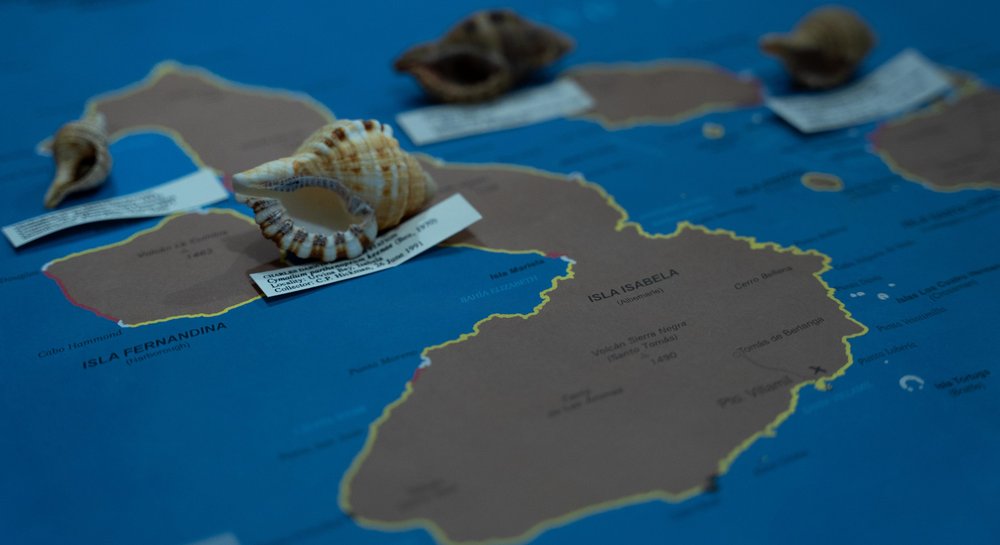Between 2001 and 2005, a total of 263 samples of different Galapagos marine species left the islands to be taxonomically identified and studied by Dr. Cleveland Hickman, zoologist & Professor Emeritus of Washington and Lee University in the United States. Some of these samples have been on the move for nearly 20 years and included: corals, anemones and mollusks. The samples, which belong to the Ecuadorian state, are now back in the custody of the Natural History Collections of the Charles Darwin Research Station.
The specimens returned to the archipelago were used in important scientific publications such as ‘Shallow-water sea anemones (Cnidaria: Anthozoa: Actiniaria) and tube anemones (Cnidaria: Anthozoa: Ceriantharia) of the Galápagos Islands’, published in 2007 in the journal Pacific Science, and 'Evolutionary responses of marine invertebrates to insular isolation in Galápagos’, published in 2009 in the journal Galápagos Research, as well as in a series of field guides of marine invertebrates of the Galápagos that are widely used by researchers and non-experts interested in the archipelago. All specimens leaving Galapagos must pass a rigorous approval process by both the Galapagos National Park Directorate and the Agency of Biocontrol for Galapagos.

"The studies made with these specimens of the Natural History Collections of the Charles Darwin Research Station (CDRS) highlight their incredible relevance as we continue to further our understanding of the biodiversity of the Galapagos," explains Miguel Pinto, head curator of the CDF’s Natural History Collections. "Many species of the marine fauna of the Galapagos remain to be discovered and we hope to see more scientists, both local and international, continue to study its unique diversity."
The Charles Darwin Foundation would like to thank zoologist Dr. Cleveland Hickman for his vital contribution to the knowledge of marine organisms and his scientific contributions to the biodiversity of the Galapagos Marine Reserve over the decades. We would also like to thank Mr. Paul Salaman for helping facilitate the safe return of the specimens to their home in Ecuador.
The Charles Darwin Foundation is a non-governmental, non-profit organization based in the Galapagos Islands since 1959. Its mission is to provide knowledge and support through scientific research to ensure the conservation of the environment and biodiversity of the Galapagos Archipelago. The Natural History Collections of the Charles Darwin Research Station contain over 100,000 specimens across four collections: marine organisms, vertebrates, invertebrates and plants. The collections, which are accessible to researchers worldwide, are critical to the mission of furthering our understanding and knowledge of the biodiversity of the Galápagos.
If you want to know more about our Natural History Collections visit our website.





